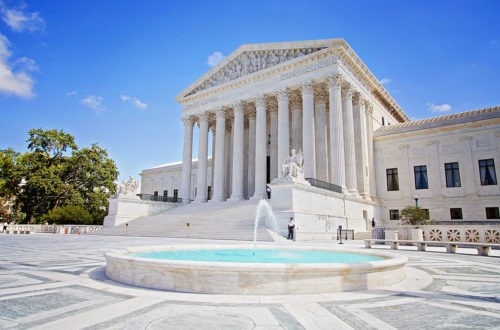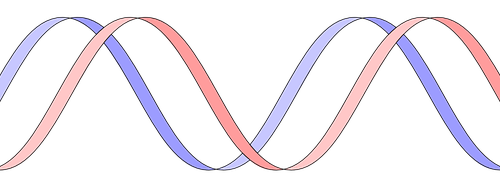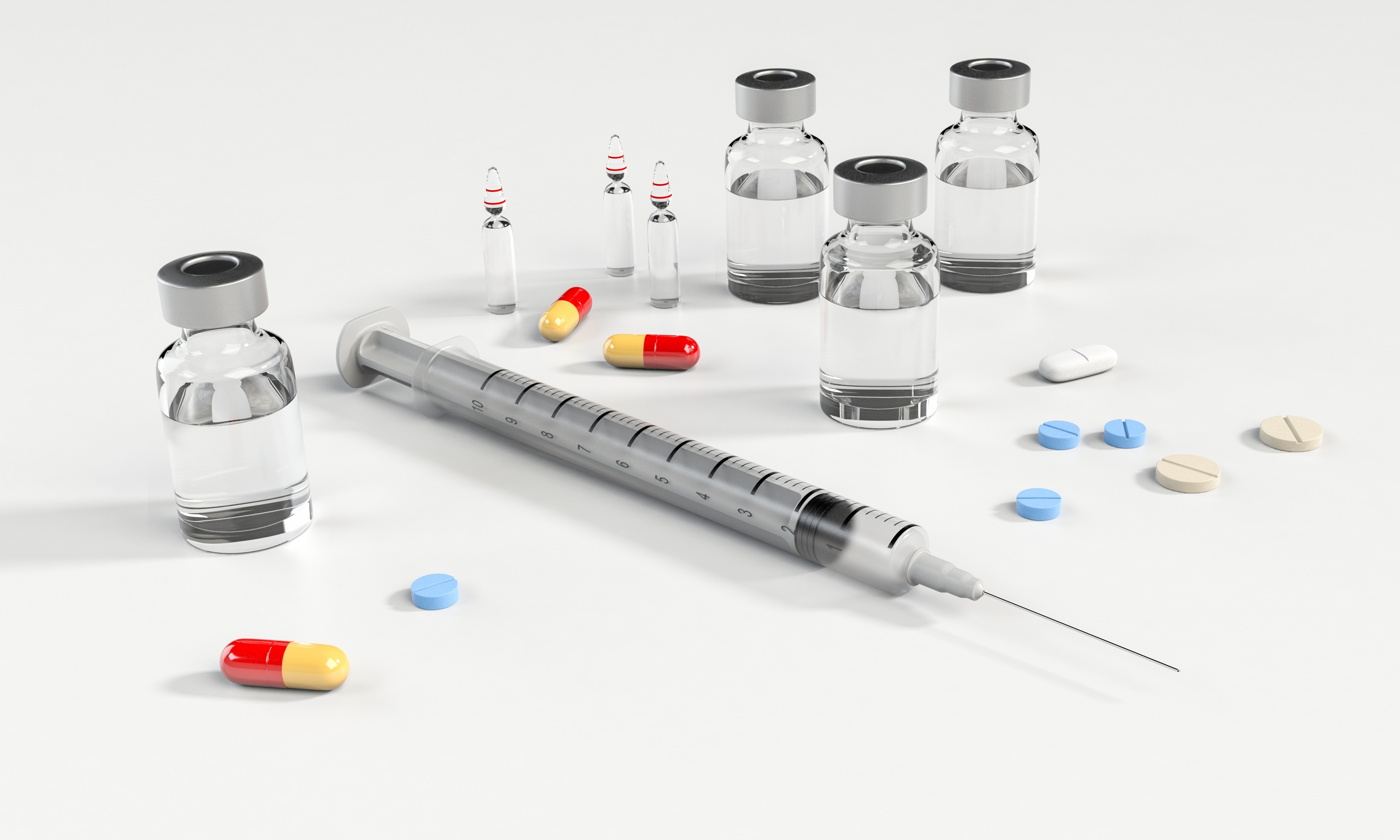Proposed Examination Guidelines for the New Chinese Patent Law – Topic 2: Genetic Resource Restriction How Will the Tightened Genetic Resource Restrictions Affect Your IP In 2019-2021, China’s Ministry of Science and Technology (“MOST”, or the Science Ministry) established several laws and regulations with respect to biosafety[1] and human genetic resources management[2] (collectively referred as “biosafety laws” herein for simplicity), namely to restrict (1) the collection, use and exportation of genetic resources as well as (2) the collaboration and sharing of genetic resources with foreign entities. To integrate the new biosafety laws and the country’s various regulations, the CNIPA has incorporated some additional updates regarding the genetic resource requirements in…
- China, China Patent Office, CNIPA, Examination Guide, Invalidation, Patent Law, Proposed Changes, Updates and Changes
-
China Announcing More Proposed Amendments to the Examination Guidelines in 2022
It’s been a year and a half since the new Chinese Patent Law came into effect (1 June 2021). Although various versions of draft Examination Guidelines have been released, thus far no official finalized versions have been confirmed. On October 31, 2022, yet another new list of proposed amendments was published[1], this time consolidating the previous sets of proposed changes from 2020 to 2021 to the Examination Guidelines. As this version looks closer to a finalized version, we are cautiously optimistic that an official set of guidelines may soon be released. As such, we think it’s worth looking a bit more closely into this current draft version. Below are a…
-
China Releases Draft Implementation Guidelines for the Drug Administration Law
The latest draft implementation guidelines for China’s Drug Administration Law (“Guidelines”) are out and open for comment. Previously, the new implementation measures for early dispute resolution mechanisms for drug patents (“Patent Linkage Measures”) came into effect on July 4, 2021. The Guidelines indicate that the final approval of generic chemical drug applications for marketing approval will be stayed pending Paragraph IV litigation results. Technical review for things like safety and efficacy will proceed regardless. Although previously published Patent Linkage Measures indicate that the maximum stay period is 9 months, these Guidelines only say “a certain period.” The regulatory approval process for generic biologics and traditional Chinese medicines will not be…







